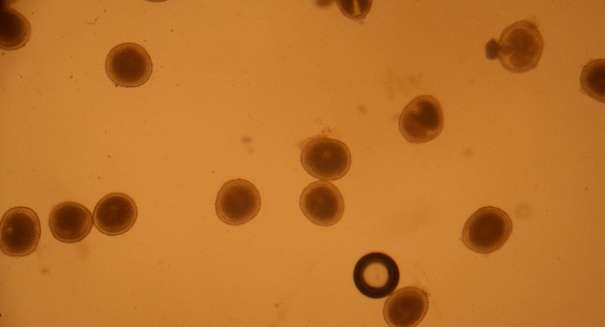
Roundworms are parasitic nematodes that infect humans when their eggs are ingested through contaminated food, water or soil.
Richard III ruled England from 1483 to 1485. His body was discovered by archaeologists from the University of Leicester in 2012. Since then, scientists have been conducting careful analysis of his remains in an attempt to discover more about the attributes and history of the controversial king.
A team of researchers led by Dr. Piers Mitchell from the Department of Archaeology at the University of Cambridge used a powerful microscope to look at soil samples take from the skeleton’s skull and pelvis. They also examined samples from the soil surrounding the grave site. What they found were multiple roundworm eggs in the soil samples taken from the pelvis region, which is where the intestines would have been. They did not, however, find eggs in the soil samples taken from the skull and only very few from the soil surrounding the grave. This suggests that the eggs discovered in the pelvis area were from a roundworm infection while the ruler lived and not from external contamination from human waste being dumped in the area.
Roundworms are parasitic nematodes that infect humans when their eggs are ingested through contaminated food, water or soil. Once the eggs have been ingested, they hatch into larvae that migrate through tissues in the body to the lungs where they grow and mature. Once mature, they crawl up the airways to the throat where they can be swallowed back into the intestines so they can grow into adults that reach a size of about a foot long. Roundworm infection is believed to be one of the most common health conditions in the world, affecting about a quarter of all people worldwide. However, in areas like the UK roundworm infection is rare today.
Dr. Jo Appleby, Lecturer in Human Bioarchaeology at the University of Leicester, said: “Despite Richard’s noble background, it appears that his lifestyle did not completely protect him from intestinal parasite infection, which would have been very common at the time.”
Leave a Reply